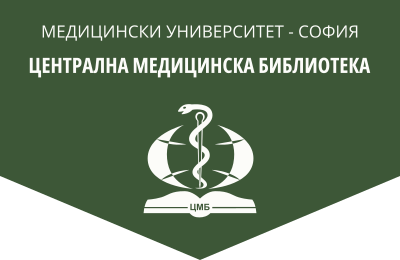Study of total antioxidant status levels in patients with benign hyperplasia and prostate cancer
General Medicine, 2024, 26(3), 3-8.
T. Velkovska1, A. Ruseva2
1 Clinical laboratory, UMHAT „Sv. Marina“ ‒ Pleven
2 Medical University ‒ Pleven
Abstract. Objective: The aim of the study was to determine whether there is a change in total antioxidant status: 1) compared to clinically healthy controls in patients with benign hyperplasia and prostate cancer, and 2) before and after surgical intervention. Materials and methods: In the conducted prospective study, we divided the subjects into two main groups. The target group consisted of 90 patients with prostate gland disease, hospitalized in the urological clinic of the University hospital „St. Marina“ – Pleven. 45 of the men had histologically proven prostate carcinoma and 45 had benign prostatic hyperplasia. Control group were 20 healthy men without urological disease. Mean age and body mass index were calculated to characterize study participants. Levels of total antioxidant status were measured on admission for treatment and after a standard hospital stay using a Randox UK reagent. Analysis was performed on an AU 480 Beckman Coulter biochemical analyzer. The results were processed with the statistical package IBM SPSS Statistics version 25. Results: Statistically significant differences in body mass index were observed in the target group of patients and the control group. Upon admission to the clinic in both groups of patients, the average total antioxidant status values were significantly lower than the average value in healthy individuals, which was 1.98 ± 0.046 mmol/l. In the group of patients with prostate carcinoma, the average total antioxidant status value of 1.69 ± 0.11 was statistically significantly lower than that in the control group (p < 0.05)). The same trend is observed when comparing the group of patients with benign prostatic hyperplasia and the healthy individuals. When comparing the two groups of patients, a higher average level of total antioxidant status was found at admission for treatment in persons with benign prostatic hyperplasia (1.72 ± 0.11 mmol/l) compared to those with prostate carcinoma, but the difference was statistically insignificant (p > 0.05). At discharge, both groups of patients showed a slight increase in the average total antioxidant status values, but there was no statistical significance (p = 0.29). Conclusions: From the study, we found that upon the admission in the urology clinic for treatment in both groups of patients, the average TAC values are significantly lower than the corresponding average value in healthy individuals. Surgery in both groups of patients did not statistically significantly affect TAC values.
Key words: total antioxidant status, prostate cancer, benign prostatic hyperplasia, body mass index
Address for correspondence: Teodora M. Velkovska, e-mail: teodora.velkovska@yahoo.com
